Sterling will be No.1 differentiated experiential holiday company: Peshwa Acharya
Sterling Holiday Resorts Limited, a leading leisure hospitality company in India, rolled out its latest brand campaign recently that highlights its brand philosophy of ‘Holiday Differently’. Conceptualised and created by L&K Saatchi and Saatchi, the campaign seeks to showcase Sterling’s transformation as an experiential holiday brand from a time share vacation brand.
The first-ever TV campaign by Sterling addresses today’s traveller, who seeks experiences and discoveries across multiple destinations.
In an interaction with Adgully, Peshwa Acharya, Chief Marketing Officer, Sterling Holiday Resorts Ltd (A Fairfax and Thomas Cook Company), elaborates on the first-ever campaign from the company, the new brand philosophy, communication strategy and more.
How has Indian consumers’ concept of holidays and spending money evolved over the years?
Holidays have changed considerably over the years. While previously holidays were more about food and accommodation, today holiday-goers are showing an inclination towards unexplored unique destinations and experiences as it provides them with Instagrammable brag-worthy holidays. This has led to an emergence of experiential holidays.
Apart from the conventional ways, people also look at multiple mediums where they can get information on travel destinations. They prefer to examine credible content online before planning their holidays. Consumers these days view user-generated content, that is, the reviews and bloggers’ comprehensions. The expectation is to have a good website and social media handle of holiday brands which has user or consumer generated content.
Previously, Indians would save and then spend on one long family trip. However, these days with the option of easy EMIs and spend now and pay later alternative, Indians are taking multiple short breaks rather than one big family vacation. This has led to an increase in travel expenditure. A recent report released by World Travel & Tourism Council also supports this claim stating domestic travel spending generated around 87.2 per cent of direct Travel & Tourism GDP in 2017 and domestic travel spending is expected to rise by 7.4 per cent PA to Rs 26, 427.8 billion in 2028. (World Travel & Tourism Council Report)
How different is your TG today, compared to what you had in the past?
Sterling has evolved from being a pure play time share company to a holiday company, catering to both our Sterling members and the FIT/MICE segment. Previously, our target audience were families. However, with the emergence of new holiday patterns, our target audience has expanded from just families to include millennial travellers, individual travellers, DINKS/ empty nesters, etc.
Travellers today have a plethora of options like Home Stay, AirBNB, etc. How does Sterling Resorts cater to this discerning TG?
There are three different clusters in the holiday landscape, which classify into hotels, resorts, tourism destinations and timeshare companies. Sterling is somewhere in between. Unlike our competition, our business has a healthy mix of both members and FIT/guests. Our intention is to occupy the sweet spot, as our strategic intent is to become number one in India, not just as a holiday company but a differentiated experiential holiday company based on experiences.
The prominent differentiating factor is the experience the consumer will get – not just within the resort, but also outside the resort. It is the discoveries that the people will witness that will lead Sterling to stand out in the holiday industry in India. We frequently highlight the phrase – ‘Assurance of expected and joy of unexpected’, as we believe that there will be some experiences that people can expect of, as well as certain fascinating experiences which people will not be aware of.
For example, a lot of people in South India know about Ooty, but what they know about Ooty is mostly limited to the Botanical Garden or the lake. What they don’t know is that there is a whole set of tribes called ‘Todas’ and ‘Badagas’ and others in Ooty. We are currently working on recreating the Toda lifestyle by displaying the Toda merchandise within our resort to create a heritage trail.
Basically, we are marketing the destination rather than our rooms and features. Our objective is to establish traveling is equal to discoveries and experiences. This is the core proposition of Sterling as a brand.
Could you elaborate on the new brand philosophy of being ‘An experiential holiday brand’ in your campaign?
The purpose behind this campaign is to emphasise on the complete transformation of the new Sterling, the re-launch. When you change the visual identity of something and reposition its originality, the element of change becomes easy for consumers to understand, hence we introduced the campaign.
Even though these are some of the focus markets - Mumbai, Delhi, Chennai, Kolkata, Bangalore, Hyderabad and Gujarat, once we go on TV, we will be targeting people from across the country and all age groups.
If you have to market in India, if you want a swift reach to a wider audience, television is the most relevant platform. Hence, we would like to exhibit the new proposition of Sterling on the faster and wider communicative medium, which is television. Together, we will amplify the campaign through other media channels.
The initial TV burst of TV will be from February to April, with follow-up bursts across the year.
What are the other mediums that you will be using to reach out to potential customers?
We will have a year-long 360 degree multimedia communication campaign which will be spread across TV, Digital, Social media, Press, OTT, PR and cinema vehicles.
Once we build the reach with TV, we will back it up with a lot of digital push, because the millennials who usually like to have weekend getaways are more exposed to digital media. We also have some contextual press and magazine as required, because it does create a small bit of credibility and image for the brand.
Could you tell us more about you plans on digital?
I feel that our communication is very inspirational. Hence, before we began with television advertising, we created digital videos which are already across our social and digital media channels.
We have been present on the digital medium and we have created content specifically for this platform. Right before the launch of the new brand, we released six destination films one after the other. These are all three-minute films done by different people and are made in collaboration with travel bloggers and have clocked in over a million views. This is reflective of the brand's growing dominion over the digital space.
Watch the videos here:
In the year 2017, when we re-launched the brand and the identity, we created an entirely new website which we finally launched on December 10, 2018. We did this as we understand that today the website is a very important form of communication. Consumers now like to do their own research before spending on holidays, and considering this fact, we have put up all the information relating to our rooms and experiences across the resorts and destination on the website, so consumers can access all the information at one place.
What was your creative brief to L&K Saatchi & Saatchi for this campaign?
We were not looking for an outcome that reflected as a mere TV advertisement. The brief we gave to L&K Saatchi & Saatchi was that we didn’t want something that looks like a TV ad. Instead, we want something which is a cinematic montage, in which there is more of cinema that ponders in the video, which talks about the experience and discoveries.
What are your targets for 2019?
We are expecting the ARRs and occupancies for our resort business to go up. This TVC will also help us in expanding our distribution footprint nationally. The covet value of membership business will go up. We want to drive sense of pride of ownership that will help the membership business.
Along with upgradation of infrastructure and improved features, we increased our network from around 12-15 properties to 31-35. Going ahead, we aim to extend to 60-65 resorts within five years, by 2023. We are planning to expand to include different types of destinations such as heritage destination, pilgrimage destination, tourist destination, and city drive away destinations, etc., to cater to all types of holiday-goers.


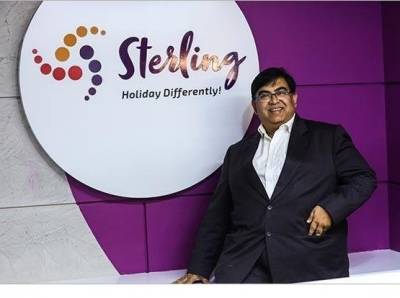
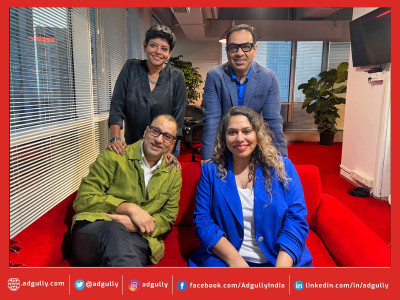
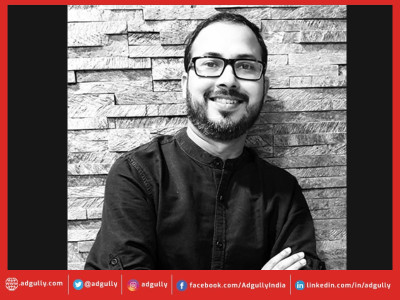
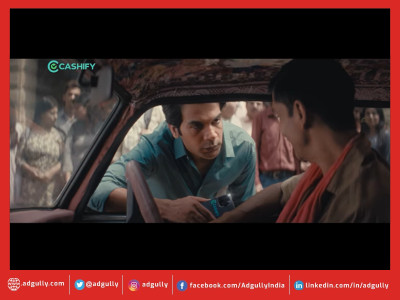


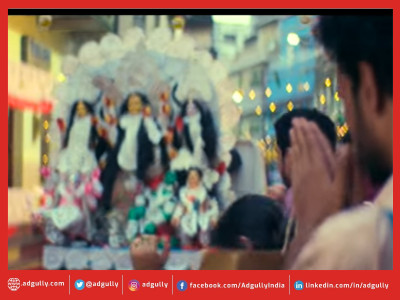
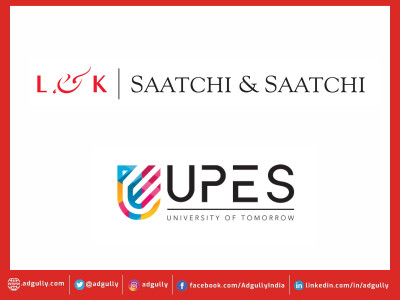

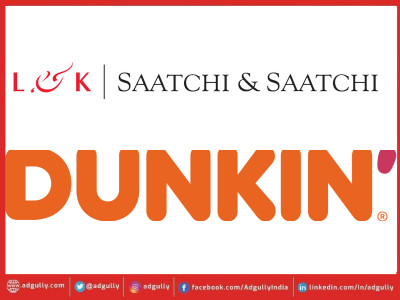
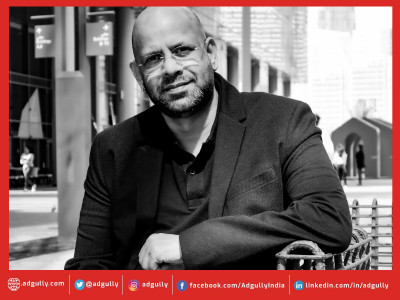
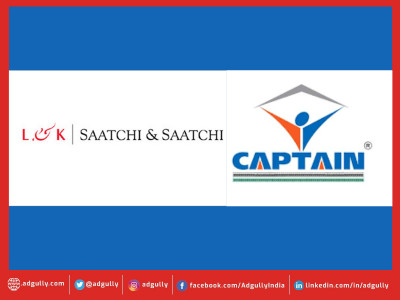
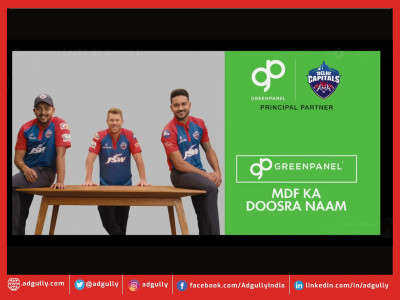

Share
Facebook
YouTube
Tweet
Twitter
LinkedIn